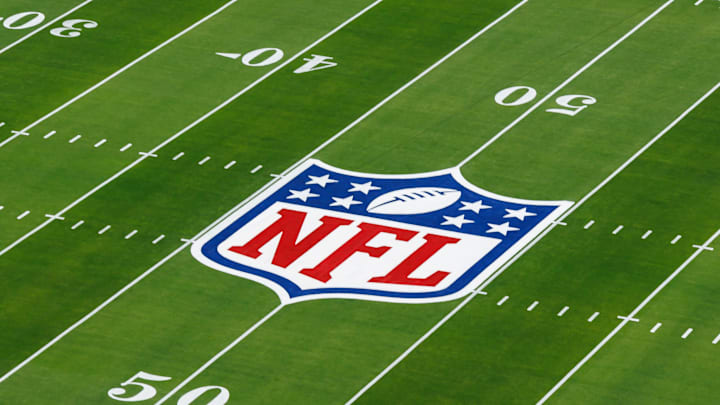Every major team sport in America has some structure to control free agency with varied categories to help distinguish one type of contractual situation from another. In the NFL, the distinction between restricted (RFA) and unrestricted free agency (UFA) revolves around the players' contract status and the rights of the teams involved.
A player becomes an unrestricted free agent when his contract expires (at the beginning of a new league year—usually in early March). At that point, he becomes free to negotiate and sign with any team without restrictions.
Unrestricted free agency provides players with the freedom to explore the market, consider various offers, and ultimately choose the team that best aligns with their personal and financial expectations. Unrestricted free agents are not tied to their previous team and can sign with any other team without any compensation owed to their original team.
On the other hand, restricted free agency involves players whose contracts have expired but have fewer than four accrued seasons in the league—the agreed-upon threshold between players and owners in the collective bargaining agreement to achieve freedom on the open market.
When a team wants to retain a restricted free agent, they can issue a qualifying offer, which is a one-year contract at a predetermined salary. This offer gives the team the right of first refusal, allowing them to match any offer the player receives from another team. If the original team decides not to match the offer, the player can sign with the new team, but the new team may be required to provide compensation to the original team, often in the form of draft picks. That depends on which level of RFA that player was tendered a contract at by his original team—first, second, or original round.
For current examples on the Kansas City Chiefs, a player like cornerback L'Jarius Sneed has played all four seasons of his original rookie contract as a former fourth-round pick. That means he has four seasons accrued in the NFL, and as of early March, he will be free to sign with any team he wants (unless the Chiefs utilize the franchise tag, but that's another article entirely).
As for restricted free agents, players like tight end tight end Jody Fortson or tackle Prince Tega Wanogho have contracts that are up but they've not yet accrued enough time in the league—leaving them a bit more limited in their market freedom for one more season.
The distinction between restricted and unrestricted free agency in the NFL is designed to maintain a level of competitive balance and allow teams the opportunity to retain emerging talent while also affording players the chance to explore their options in the open market.
